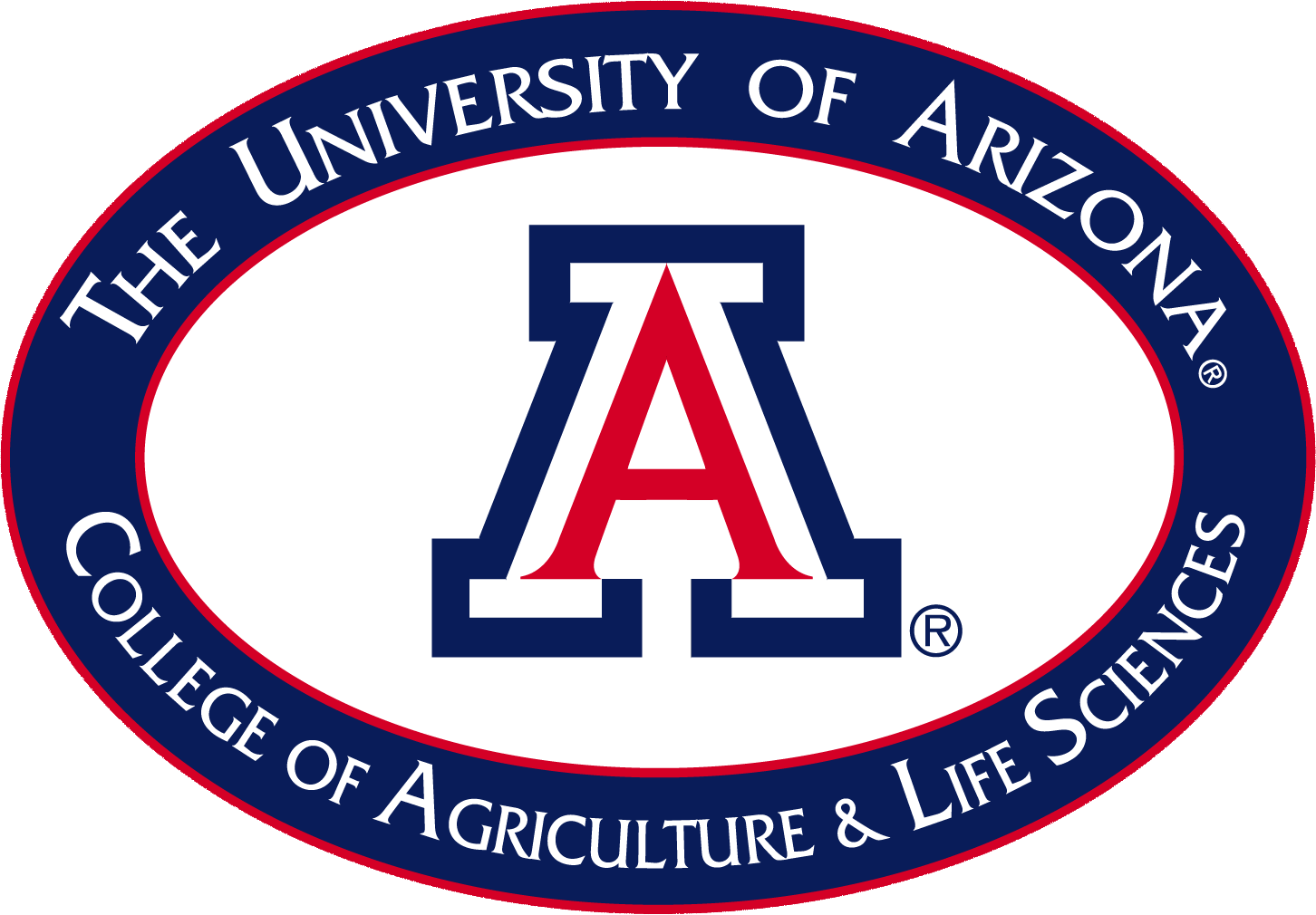
The Department of Agricultural Education
 The University of Arizona
The University of Arizona
![]()
|
The Department of Agricultural Education
|
|
FUNCTIONS OF EXAMINATION For the student, examinations help: 1. focus upon the important points in the unit of instruction.2. identify where more study is required. 3. gain confidence by showing that progress has been made towards achievement of educational objectives. For the teacher, examinations help: 1. determine whether the students have learned what they were supposed to learn.2. identify the portion of the subject matter should be reviewed. . 3. determine the individual difference of his or her students. 5. determine whether he or she has been "doing a good job" -teaching the proper material and teaching it in such a manner that it is retained in the students' mind and applied in practice. QUALITIES OF EFFECTIVE EXAMINATIONS
ADVANTAGES AND DISADVANTAGES OF VARIOUS TEST ITEMS ADVANTAGES: Multiple choice items -- I. Measures Student's ability to interpret and make application of subject matter learned. 2. Designed to measure understanding more than simple recall. 3. Can be scored objectively. 4. Guessing is reduced. 5. Students usually understand how to respond to these type of test item. Completion items --
Matching items --
True-False items -- I. Easy to construct. 2. Adaptive to a wide range of subject matter. 3. Large number can be used on exam; thus helps to increase test reliability. 4. Entirely objective in scoring. Essay items -- 1. Assess understanding, thinking, reasoning, and decision making rather than objective items. 2. Can assess the affective domain. 3. Promote greater depth of understanding of subject matter. 4. Lazy to construct. DISADVANTAGES: a. Multiple choice items --
b. Completion items --
c. Matching items --
d. True-False items --
e. Essay itemsó
GENERAL GUIDELINES THAT SHOULD BE FOLLOWED WHEN CONSTRUCTING TESTS 1. Start with educational objectives ... "Evaluation must be made in light of educational objectives" 2. Make use of several types of questions. 3.Design test items with appropriate degree of difficulty. 4.Refer to the same references that students used. 5. Group the items by type of test items. 6. Arrange items in order of increasing difficulty. 7. Include clear directions for each group of items. 8. Devise your items so that they require the student to actually apply things learned rather than merely recalling or recognizing facts. 9. Include a large number of items in the test. This tends to increase reliability. 10. Make each item independent of the others. Do not have the correct answer to one item dependent upon the answer to another or that one question answers another. STEPS IN TEST CONSTRUCTION 1. LIST EDUCATIONAL OBJECTIVES (Refer to unit objectives. ) 2. CONSTRUCT ONE OR MORE TYPES OF TEST ITEMS FOR EACH OBJECTIVE. 3. ASSEMBLE THE ITEMS, BY TYPE, FOR THE TEST. 4. WRITE CLEAR AND CONCISE DIRECTIONS FOR EACH TYPE OF QUESTION. 5. REVIEW FOR "FACE VALIDITY". 6 .CONSTRUCT KEY -"DESK COPY" . 7. CONDUCT PRE TEST -(Eliminate ambiguous, vague, misleading test items or those that can be answered by common knowledge or experience). 8. COMPLETE "ITEM ANALYSIS" TO DETERMINE DISCRIMINATION POWER OF EACH ITEM. |
Questions or problems regarding this web site should be directed to billye@ag.arizona.edu.
Copyright © 2000 Department of Agricultural Education. All rights reserved.
|